
The Open Up to Mail campaign has been developed to share insights into the role of the letterbox across societal balances and consumer trends throughout Australia and New Zealand.
The research will run across three (3) years and has been independently conducted by well-regarded research agency, The Source brings expertise in market research across the United Kingdom, Australia and New Zealand, having worked across sectors including media, retail, government and telecommunications.
From fact sheets to shareable resources, the Open Up to Mail campaign website is your hub for downloadable content, quarterly industry insight events, and networking.


How often are we checking our letterboxes
Australians and New Zealanders regularly check their letterboxes: the vast majority are at least checking several times a week.
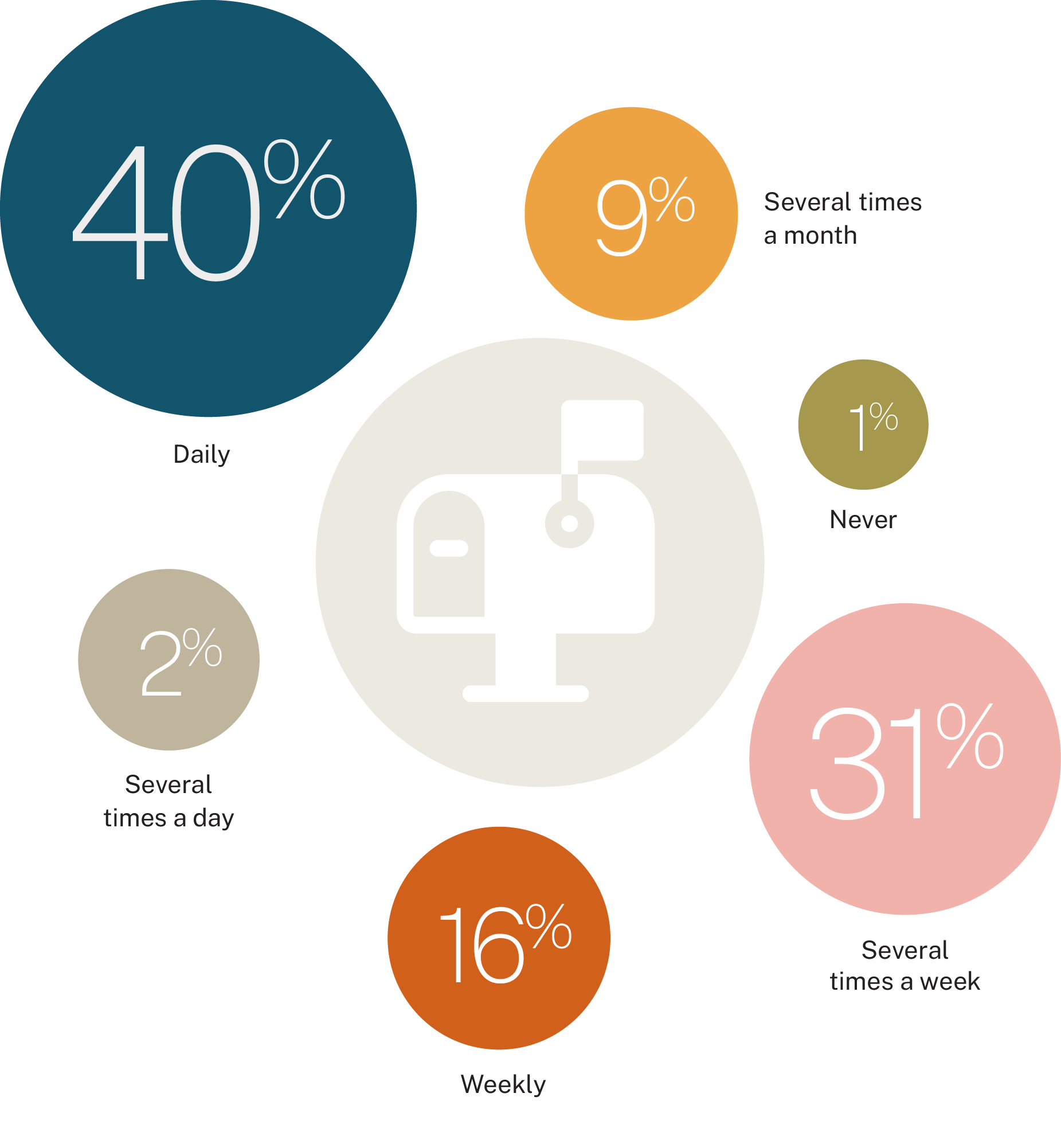
The Role and Meaning of the Letterbox
The letterbox has different meaning to different people. For many, it’s a channel for surprise; an important part of their daily ritual; and an essential part of Australian society.

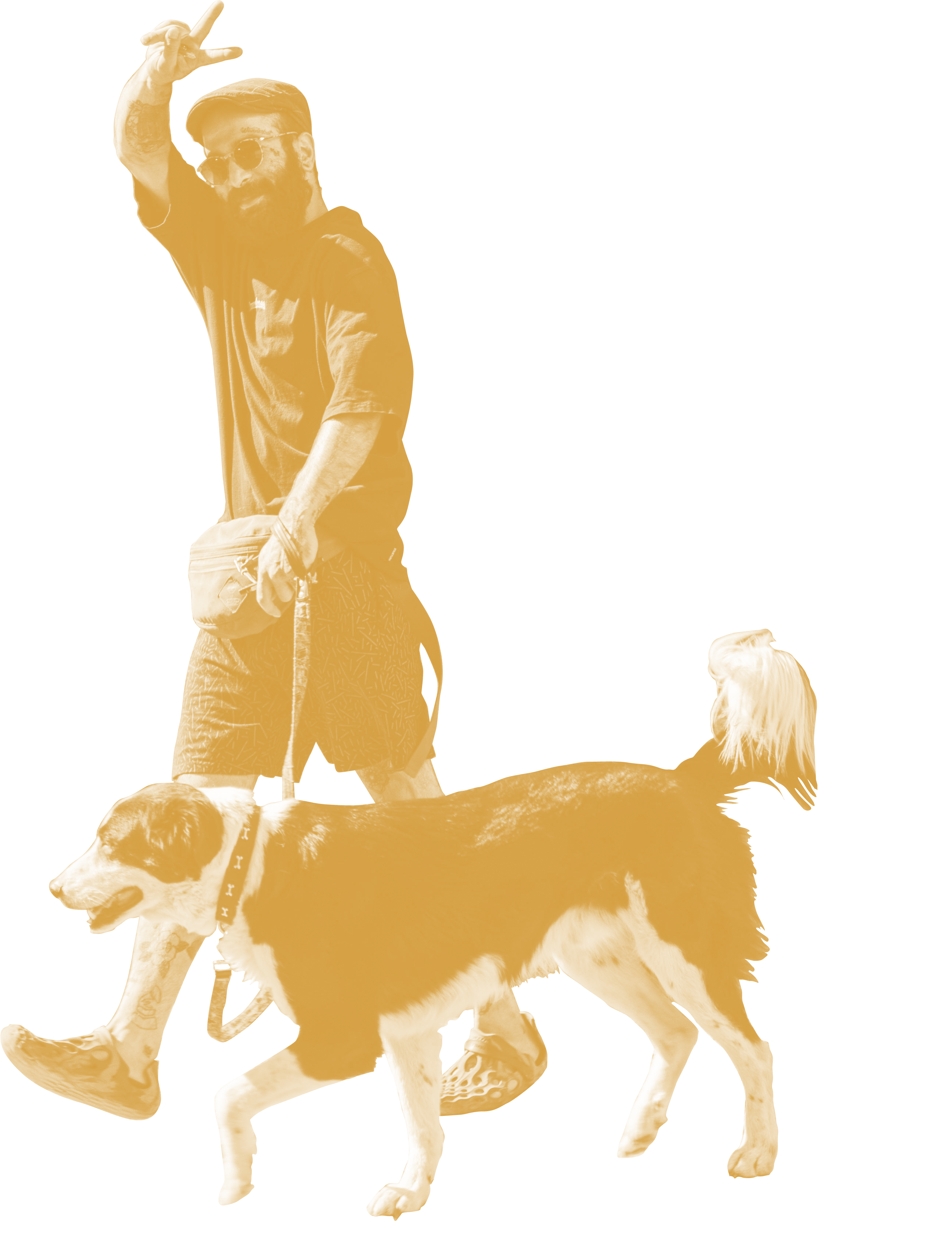

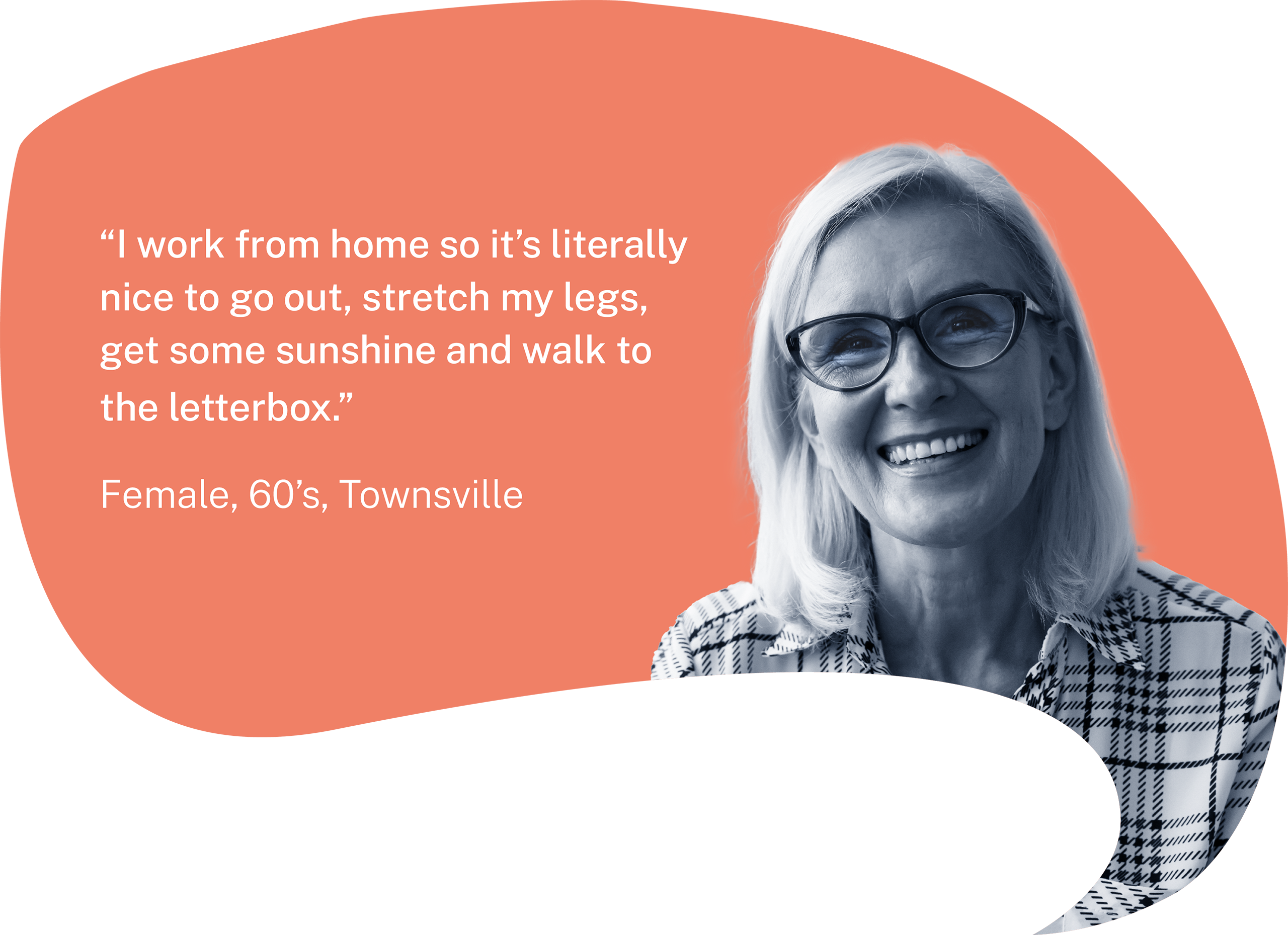
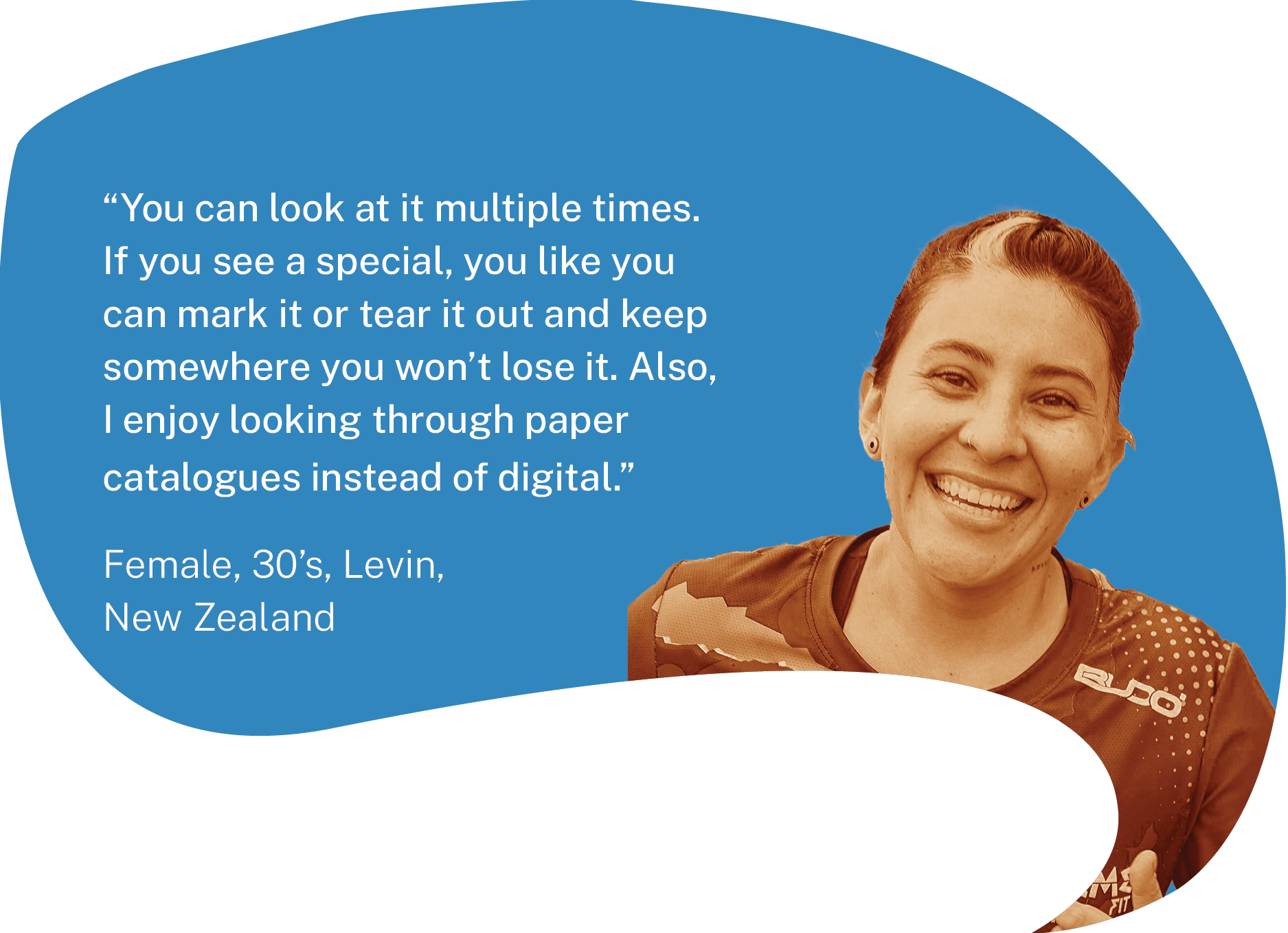

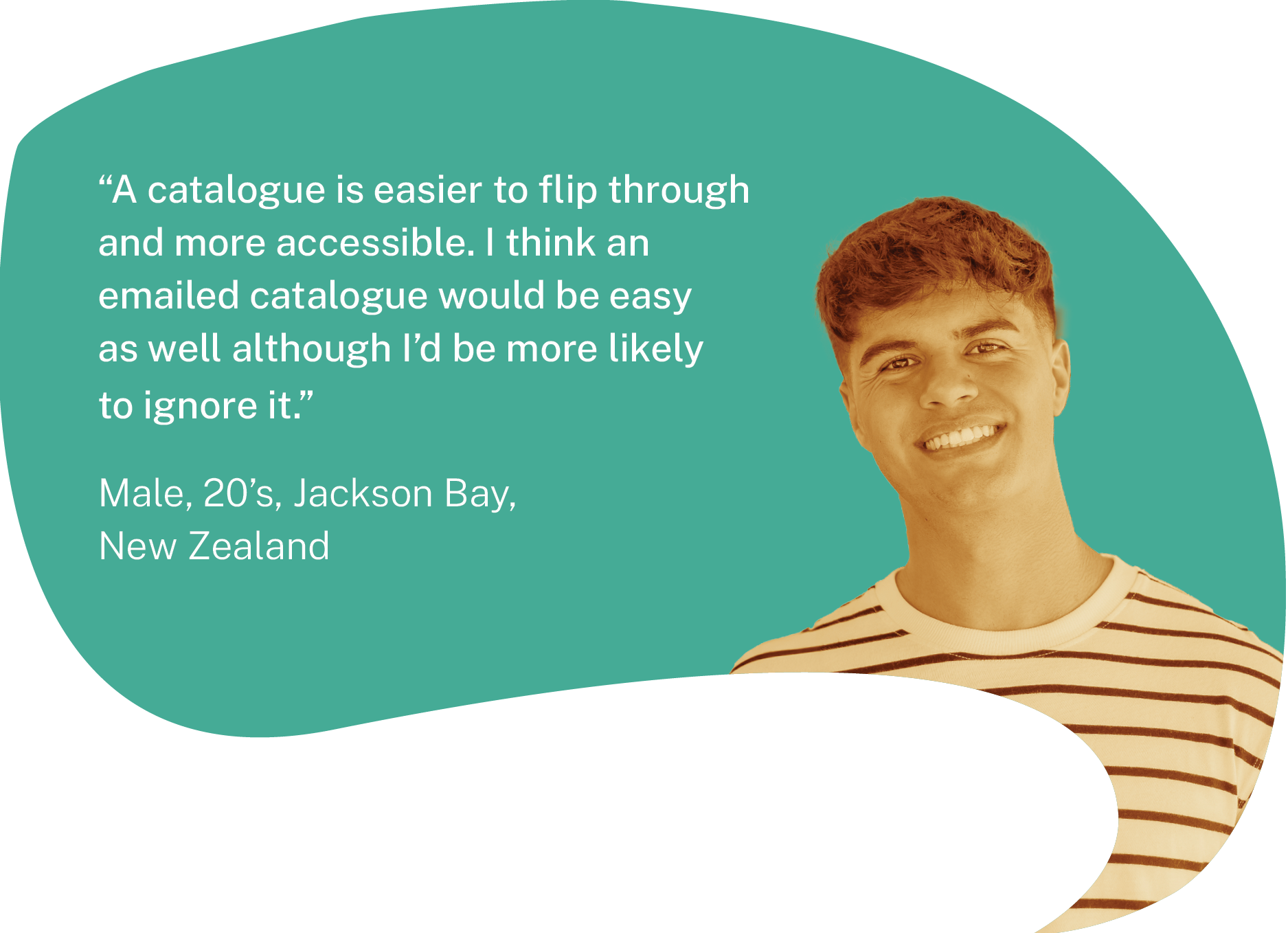

The Stats
Behind the Story
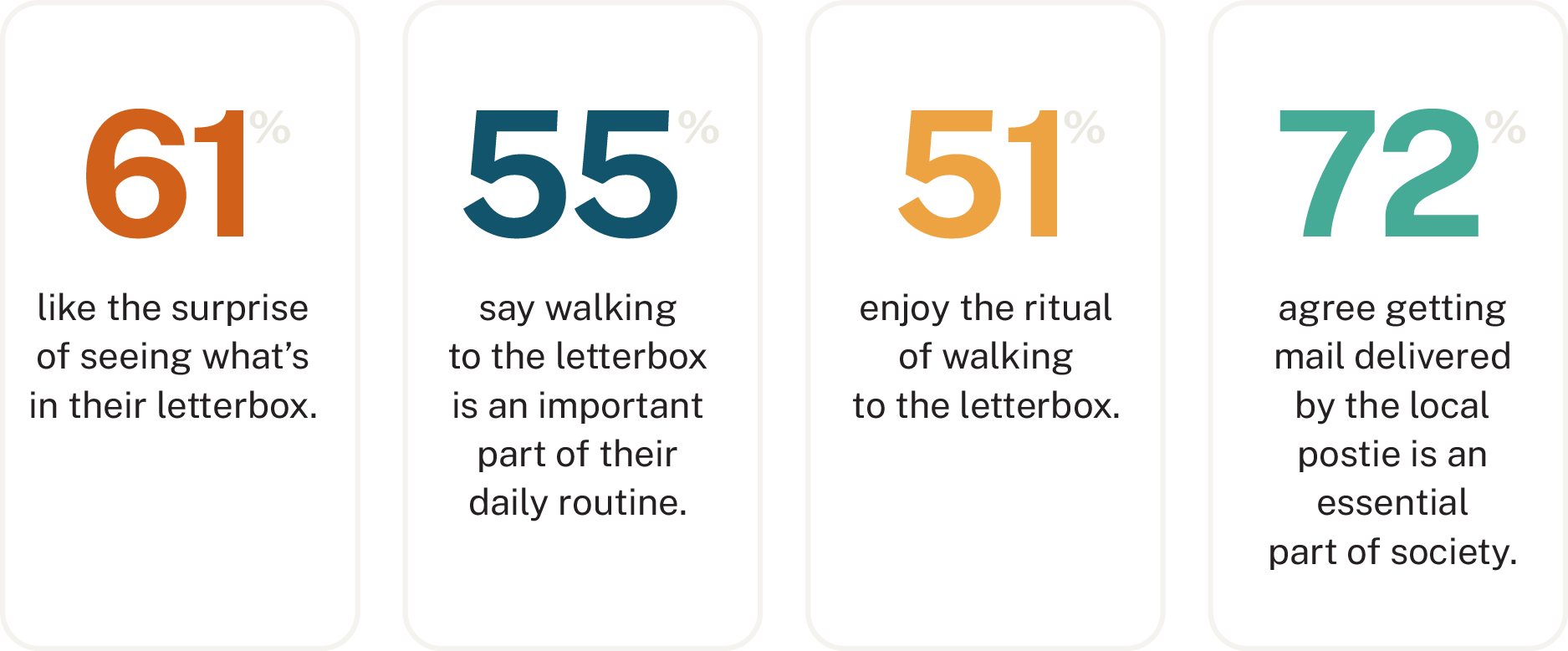
Over and above the fact that the letterbox has meaning to Australians and New Zealanders, the materials that arrive in it tend to get handled and seen.

Materials in the letterbox are being handled and seen, and there is positive consumer sentiment toward the letterbox.
This contrasts quite strongly with email inboxes.
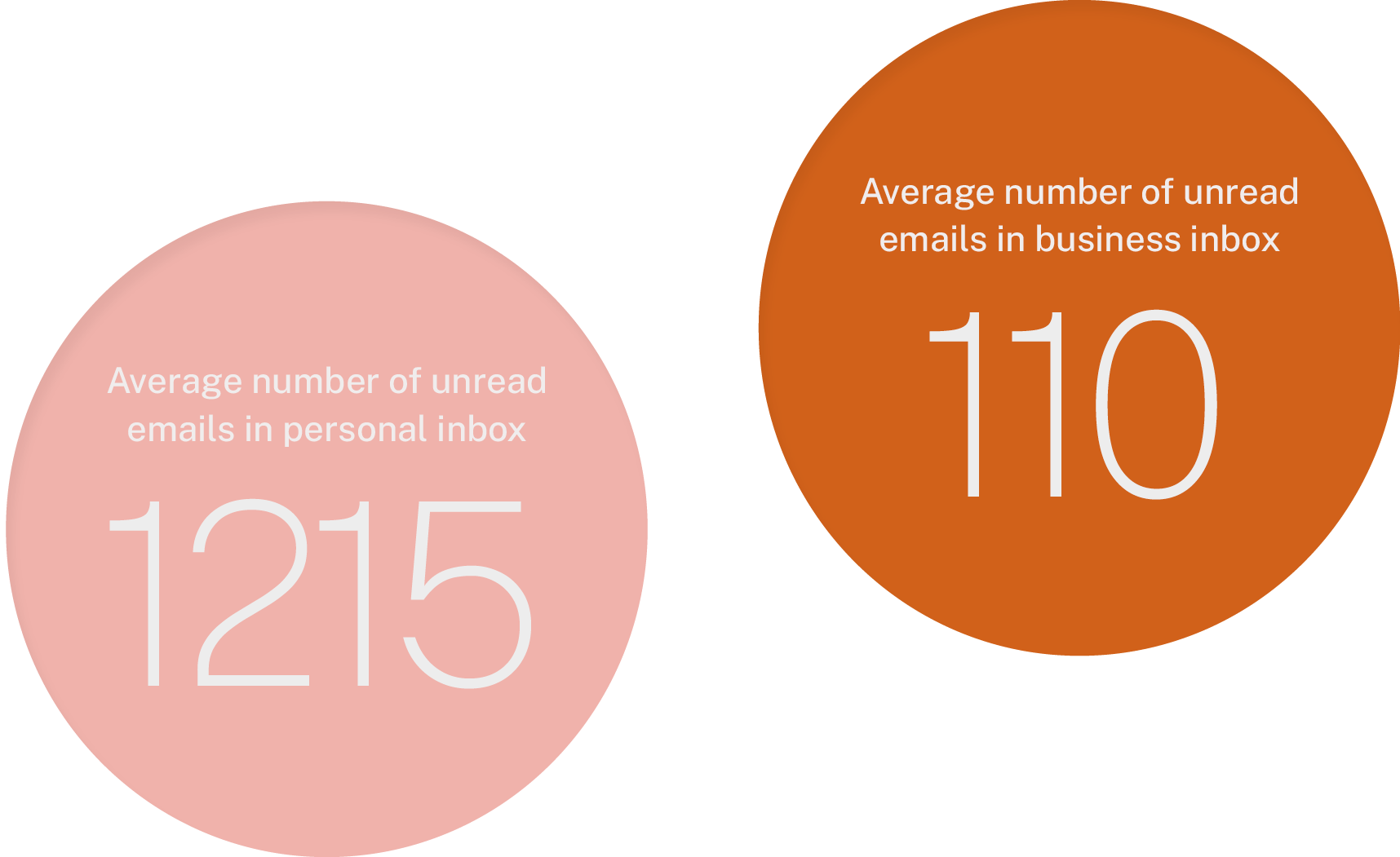
The rapid growth of tech, and online safety in relation to scams has a number of people concerned. There are also worries about unity and sense of community.
Technology and its impact has grown exponentially in the last 5 years and while it’s exciting, the prevalence of scams and crowded inboxes is leaving many feeling overwhelmed. There is a significant nervousness around digital scams and a lack of privacy via email and text particularly in Australia. It’s never been easier to click and forget – information via crowded inboxes can be out of sight and out of mind.
Digital Fatigue & Community Disunity



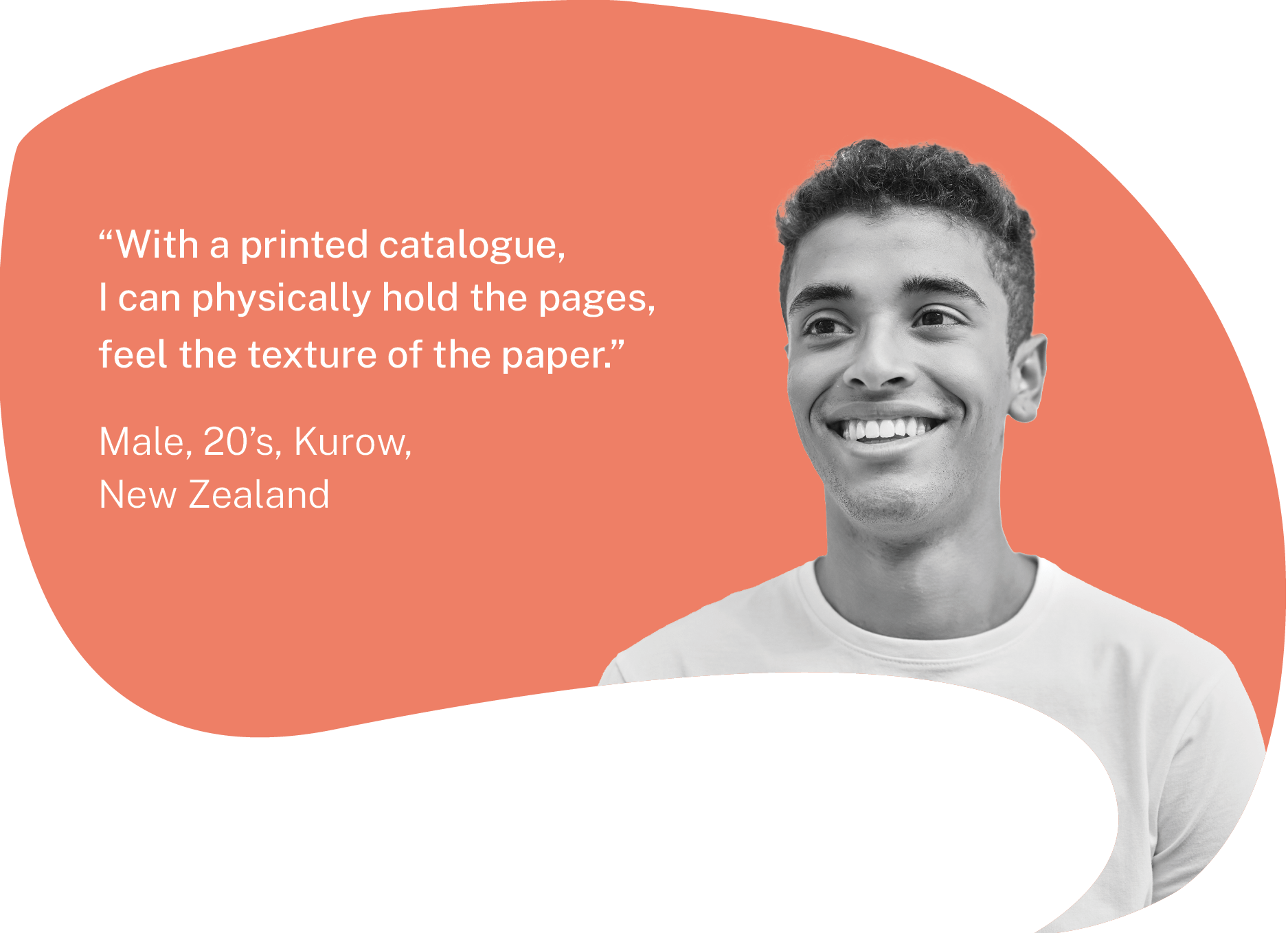
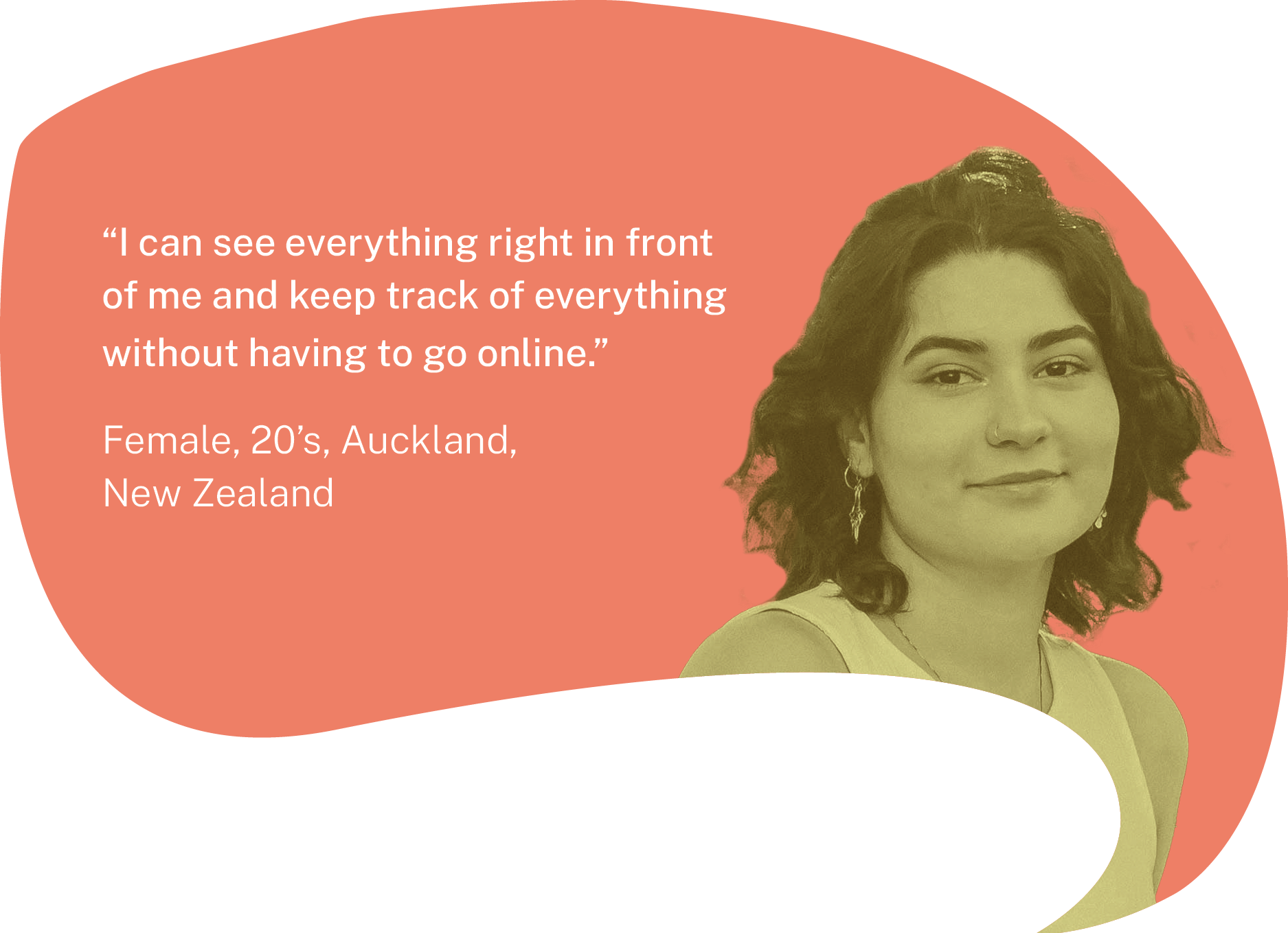

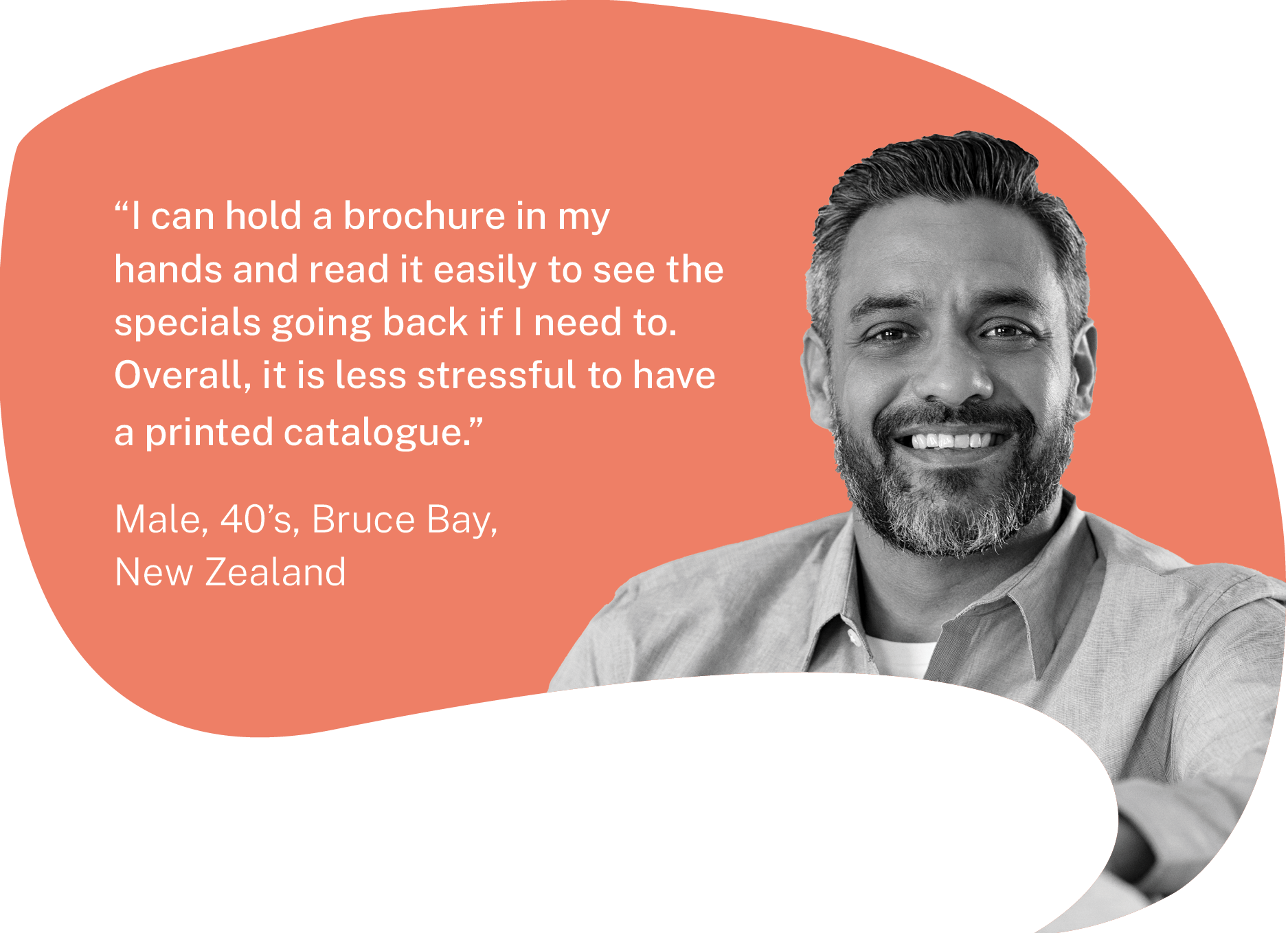

The Stats
Behind the Story
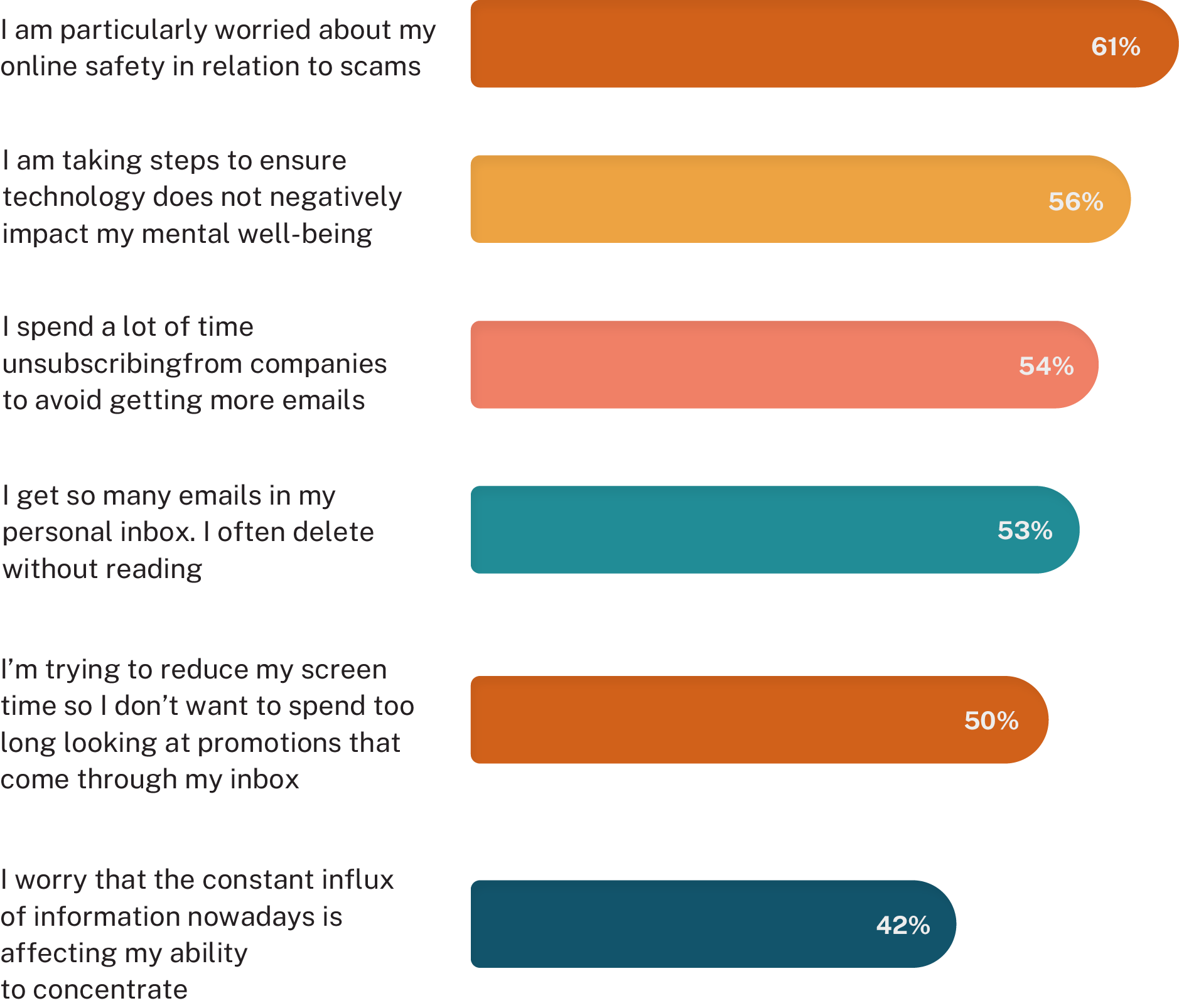
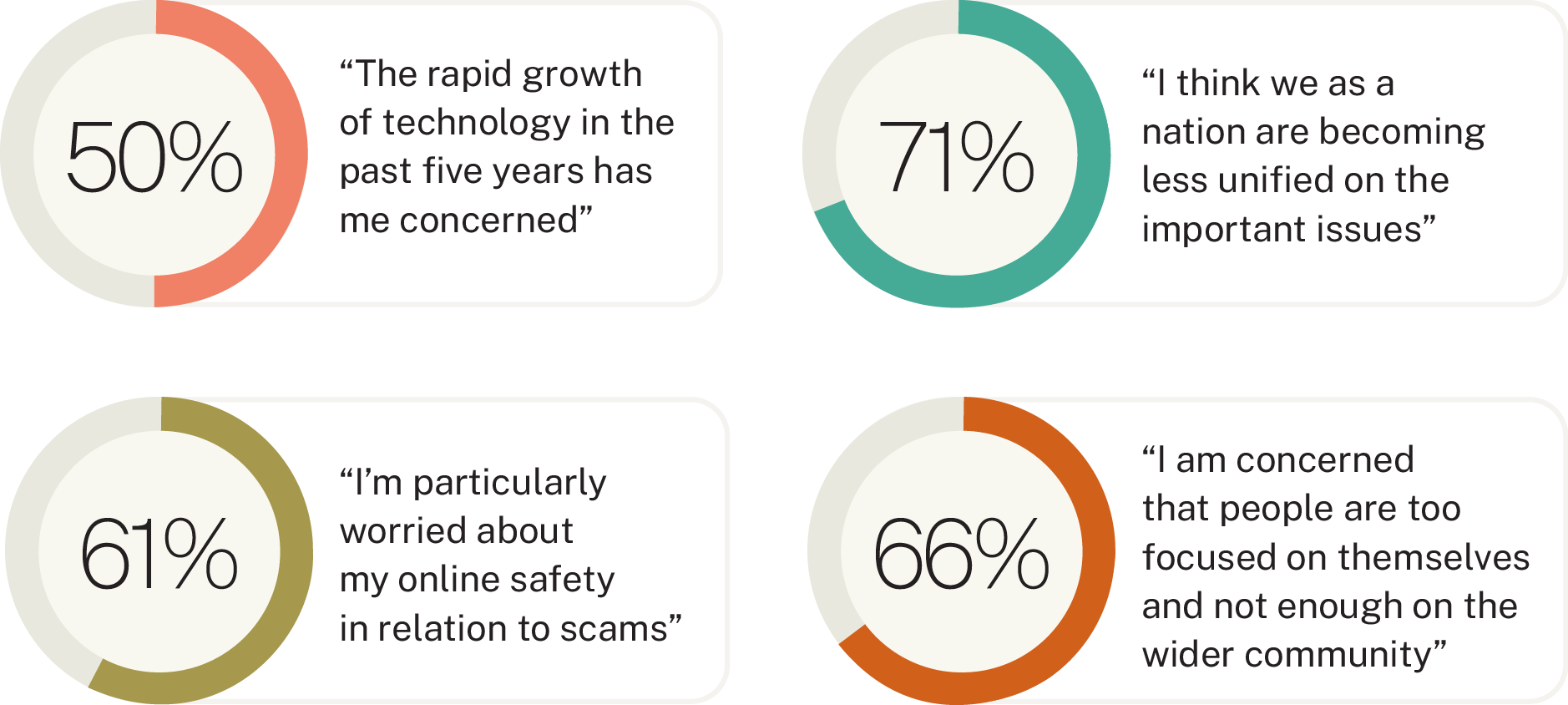
Compared to Social Media, Text messages, and email, there are lower levels of ‘distrust’ in the information received through the letterbox, and conversely higher levels of ‘trust’.
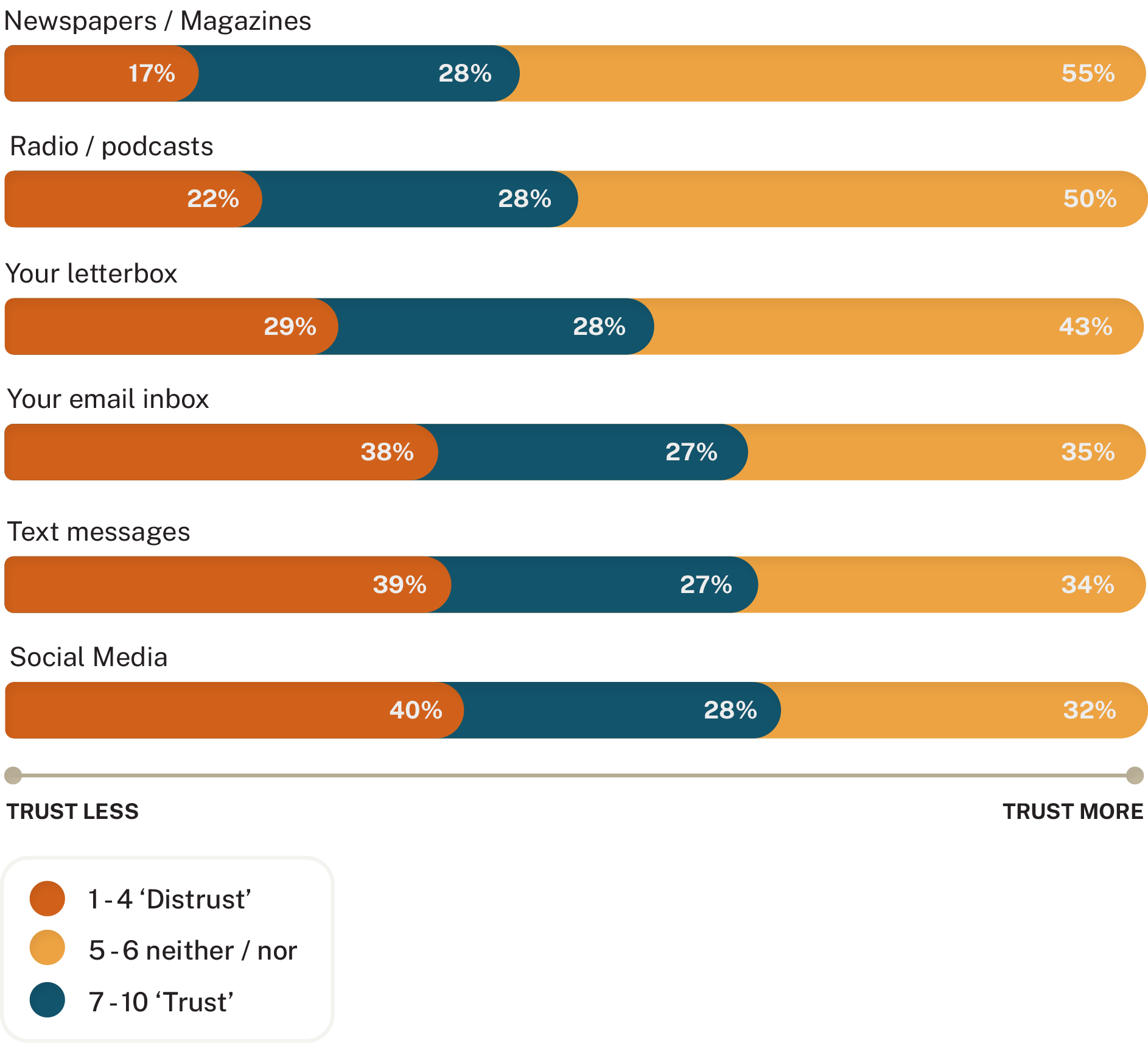
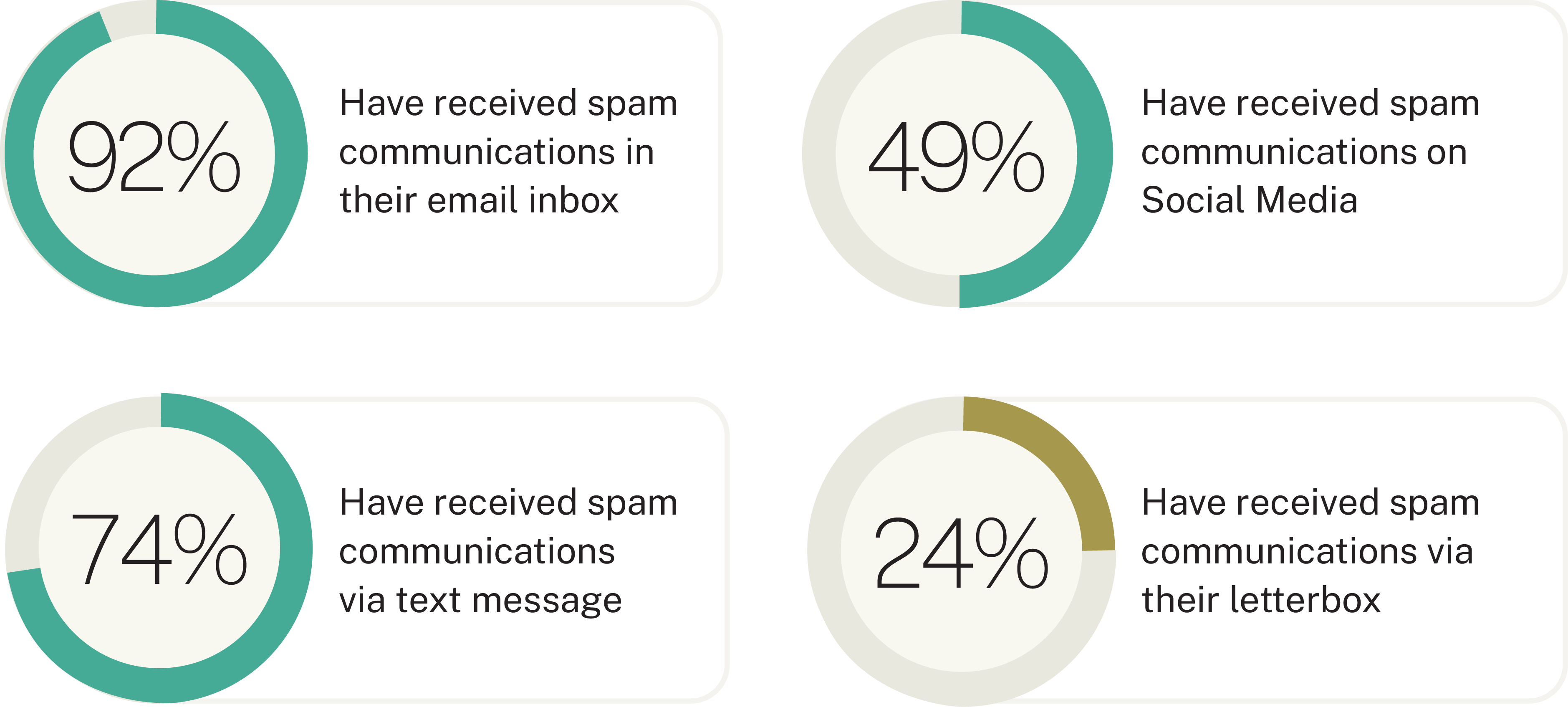
With digital fatigue and crowded inboxes, printed media offers a less overwhelming channel in which to engage and remind.
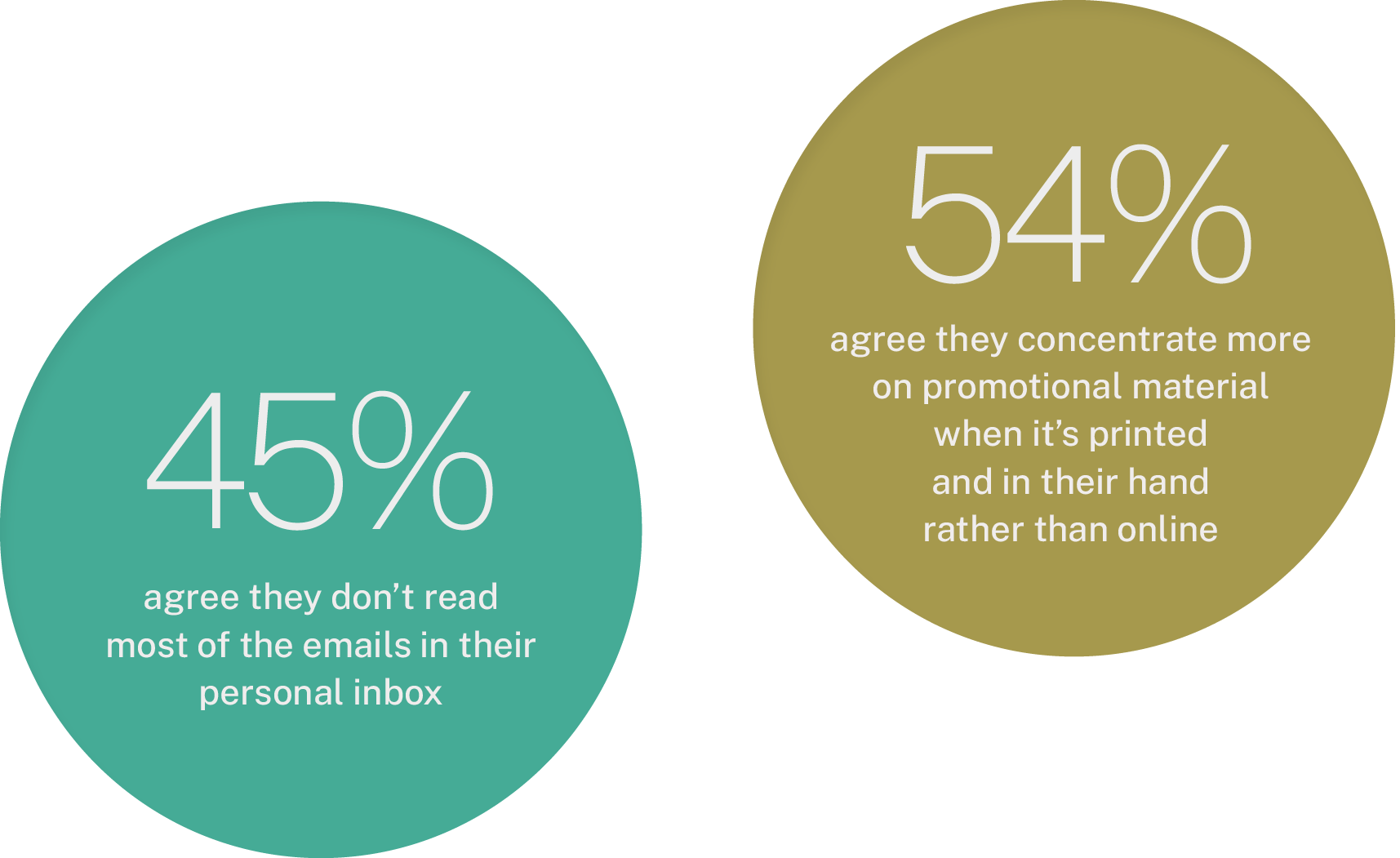
Research shows that mail can act as a single unifying information channel.


53%
of Australians and New Zealanders agree that mail in the letterbox ensures no one in society misses out on important information.
Connecting & Engaging Through the Letterbox
At its best mail has the power to do the following; make a brand experience feel more premium and offer added value to consumers. It also has the power to feel like a sensorial and immersive experience.
The letterbox remains an engaging channel. Australians and New Zealanders frequently use it, feel positive toward the materials inside it, and believe there is greater opportunity for it.



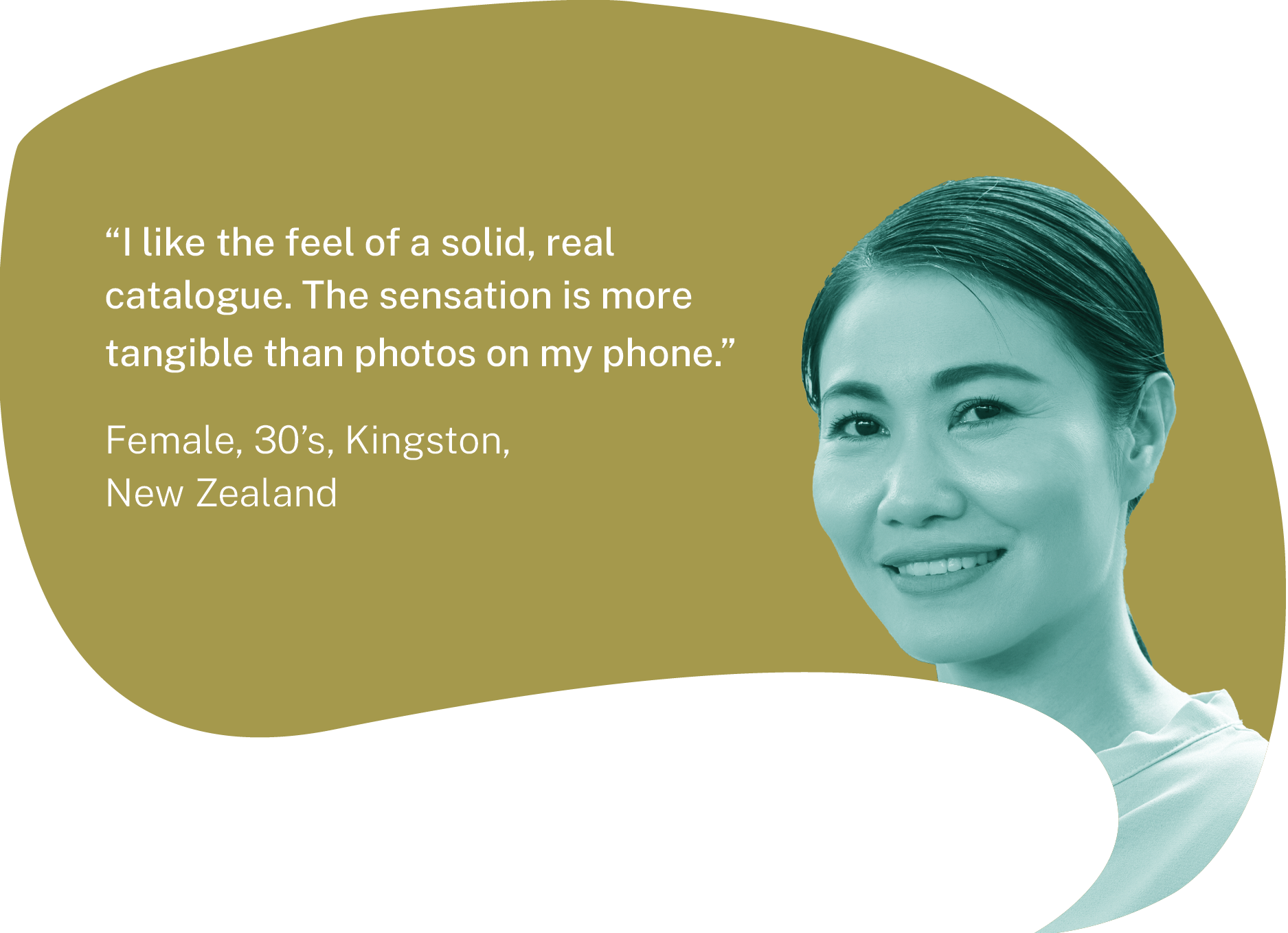
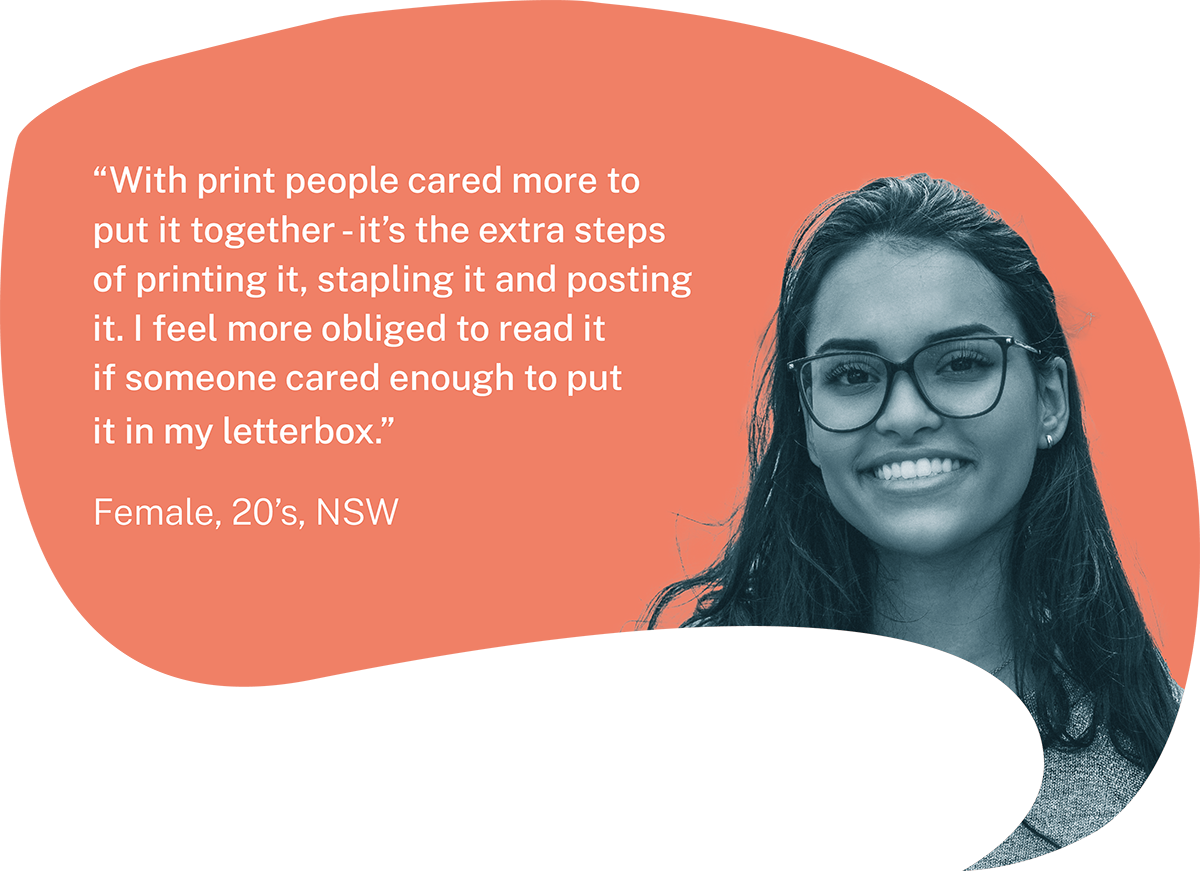

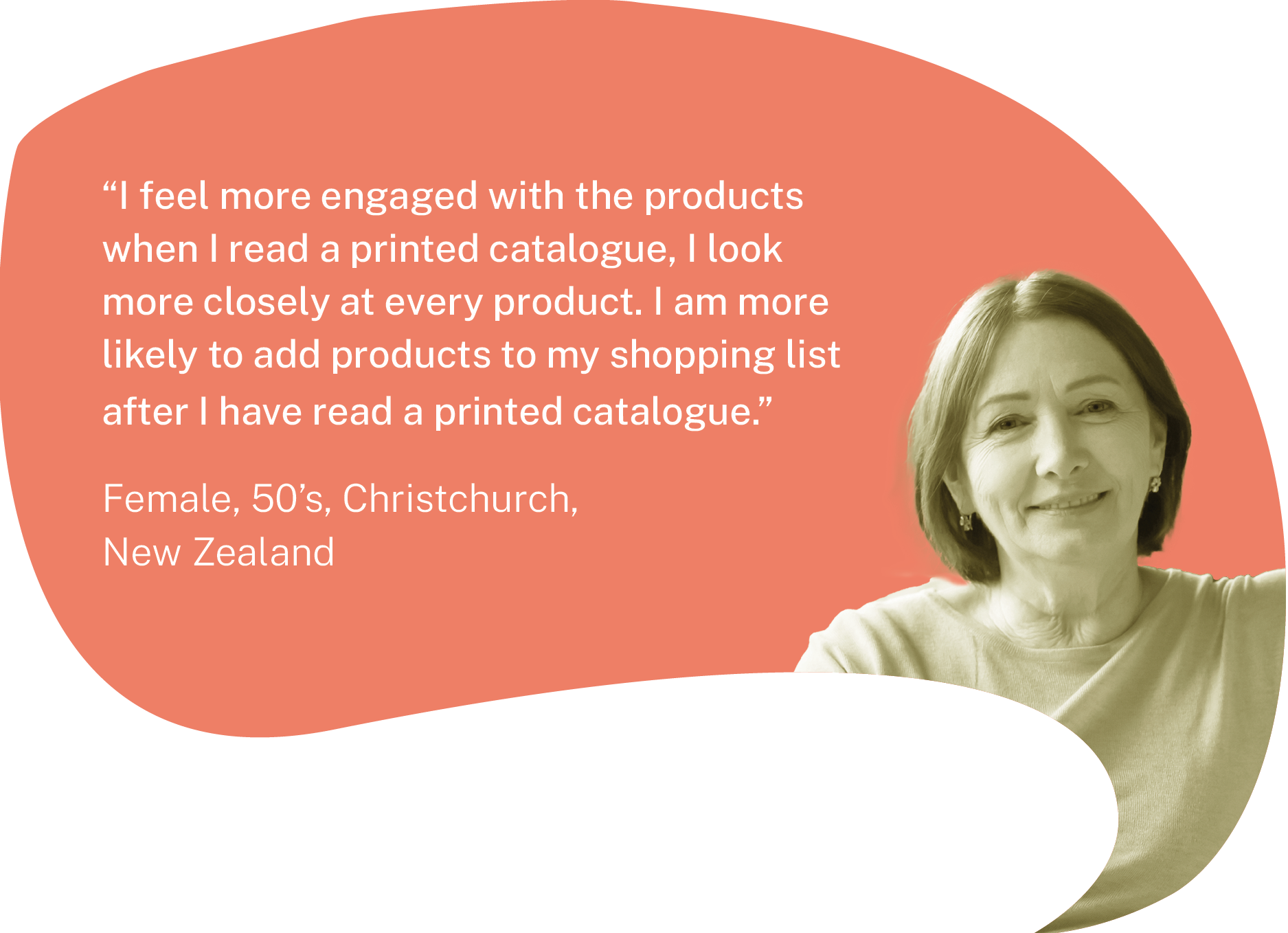

The Stats
Behind the Story
2 in 5 people say I can’t afford a newspaper or magazine subscription so receiving a free catalogue in the mail is great.
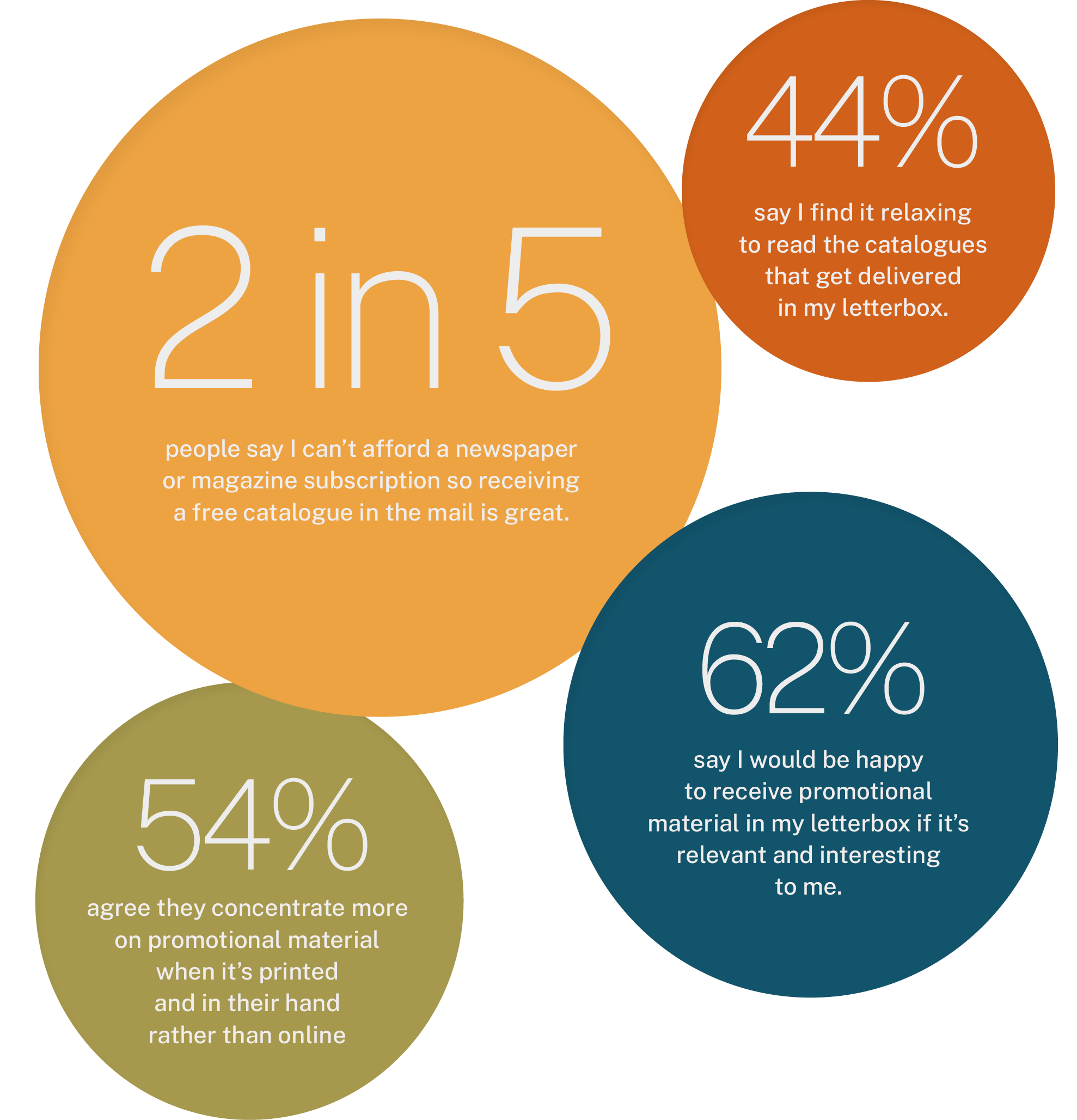

44%
of Australians and New Zealanders say that they would be more likely to review promotional material in their letterbox if it was more visually engaging.
Charity and the Letterbox

The Stats
Behind the Story
Australian and New Zealanders generally have positive feeling toward print materials, particularly promotional flyers, coupons and personal letters from charities.
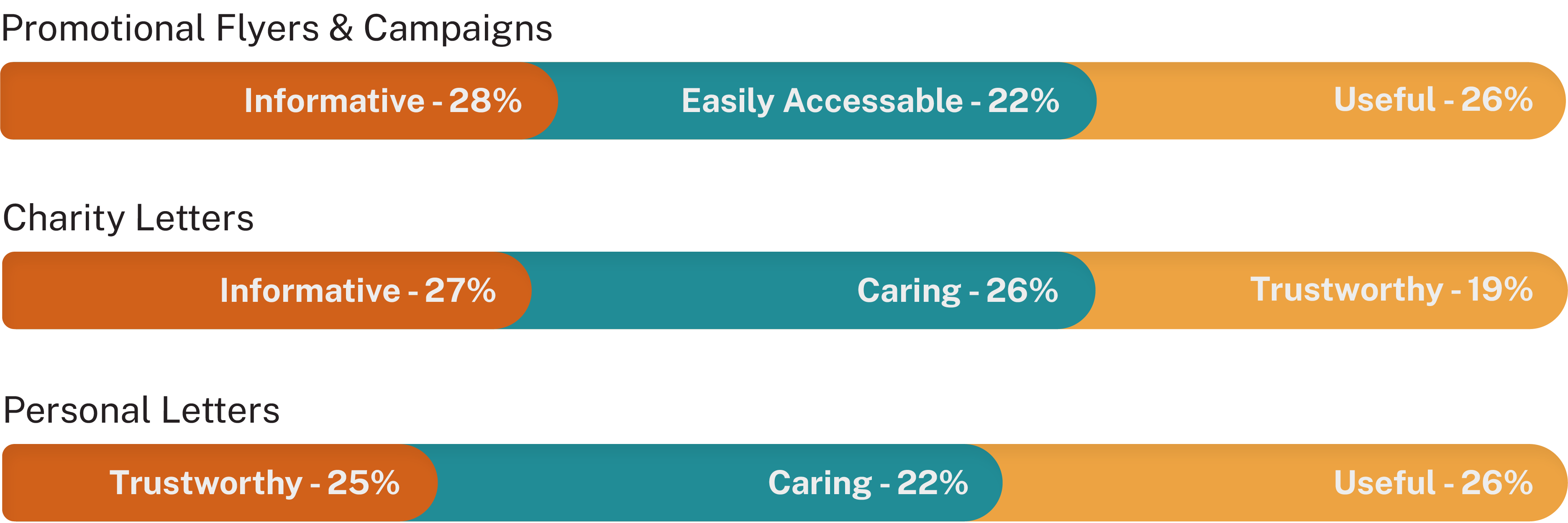
A third hold on to Charity Letters for an extended time: higher than both Promotional Flyers and Coupons and Catalogues.
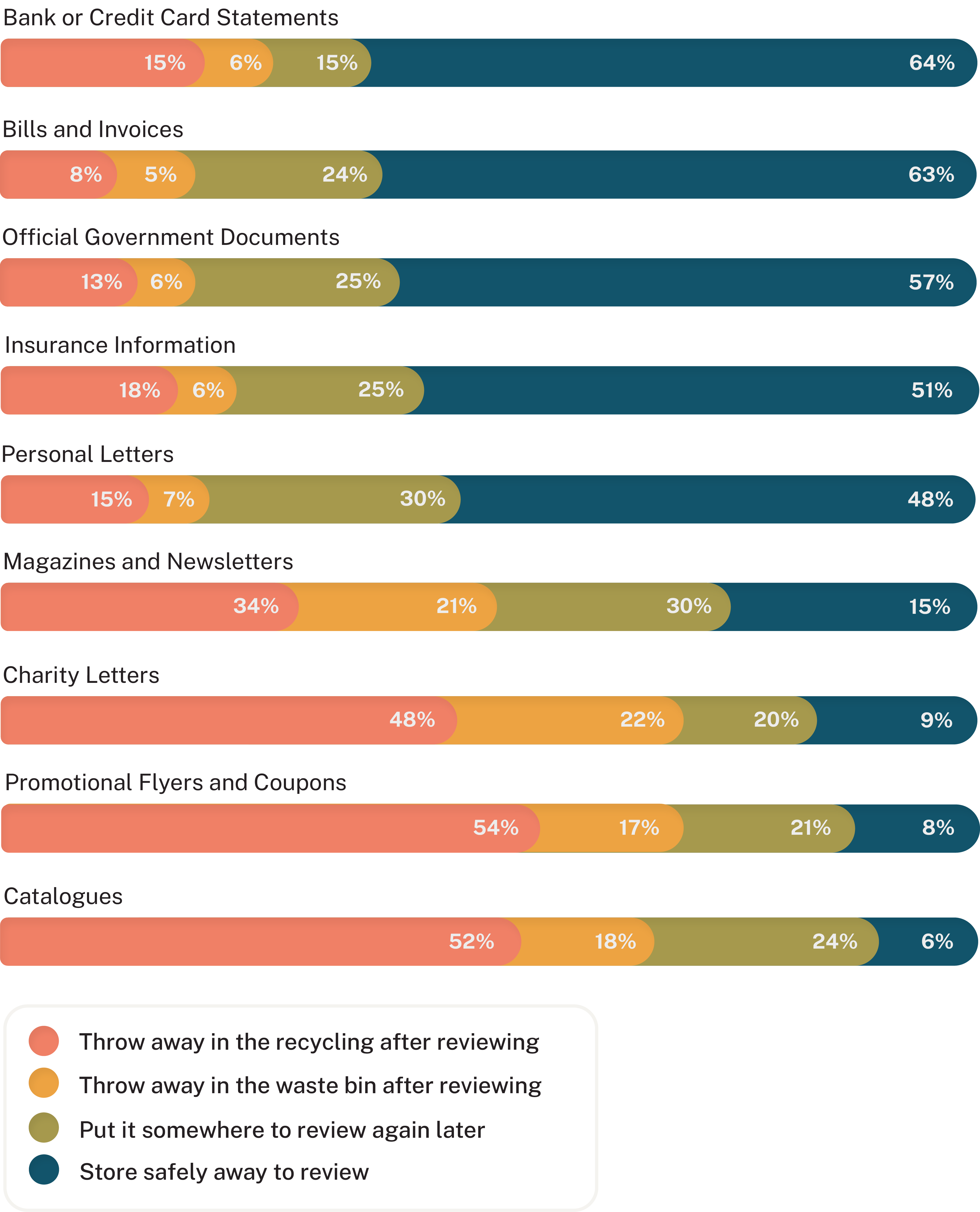
Charity letters tend to occupy the same places in consumers’ homes as their personal letters.
A particularly high proportion – almost one in five – get put in a ‘to-do’ tray.


CASE STUDY 1
Jenny is a mum of two teenagers living in Sydney. Her 12 year old daughter Alice ran a cake stall last year with a friend and they gave the money raised to the RSPCA as a one-off donation.
Since then she regularly receives mail from the RSPCA. Her daughter enjoys reading the specific stories and seeing the photos of the dog who has been saved by the service. She does not recall receiving these via email but on prompting sees the emails in her unread mails.
As a result of the physical letters Jenny feels more of an affinity with the RSPCA and has decided to set up a regular donation.
“They are always a few pages long and they really tell the story of a specific animals rescue. They are quite dramatic sometimes! It’s always shocking to see the photos of the dog when it’s first found but so heart-warming to see them looking healthy by the end. The photos really capture you and my daughter and I like reading them together. It also keeps us reminded of the important work the RSPCA do.” – Jenny
“They show us all the bad that’s going on and how people have helped. They make me feel good that the RSPCA are doing a good thing and helping animals. I like to read how the animals have changed. The pictures are so sweet when you see how the animals have got a better life. I prefer reading it on paper so you can make a collage with the photos of animals that make you happy.” – Alice 12
CASE STUDY 2
Aisha lives with her husband and two small children in the outer suburbs of Melbourne. She has owned her house for a few years and loves her letterbox. Her 3 year old daughter especially likes getting the mail out of the box and she checks it every day.
While our study was happening she received a letter from Human Appeal which came with an Eid al Ahda greeting card. She read the letter and then kept the card meaning the charities presence has stayed in her house.
CASE STUDY 3
Maddie is a post graduate student from Brisbane. She lives with her partner in a rented house.
Recently she received a free post card sent out by Australia Post in conjunction with beyond blue. She kept the postcard to use in the future.
Maddie chose to send the postcard to a family member who is battling a serious illness. She found writing the letter an immensely satisfying experience and it connected her to the idea of reaching out more personally to people in moments of need.
“Writing the postcard felt deeply intimate. It allowed me to slow down and really consider my words, much more so than in a quick email, text, or phone call.” – Maddie




